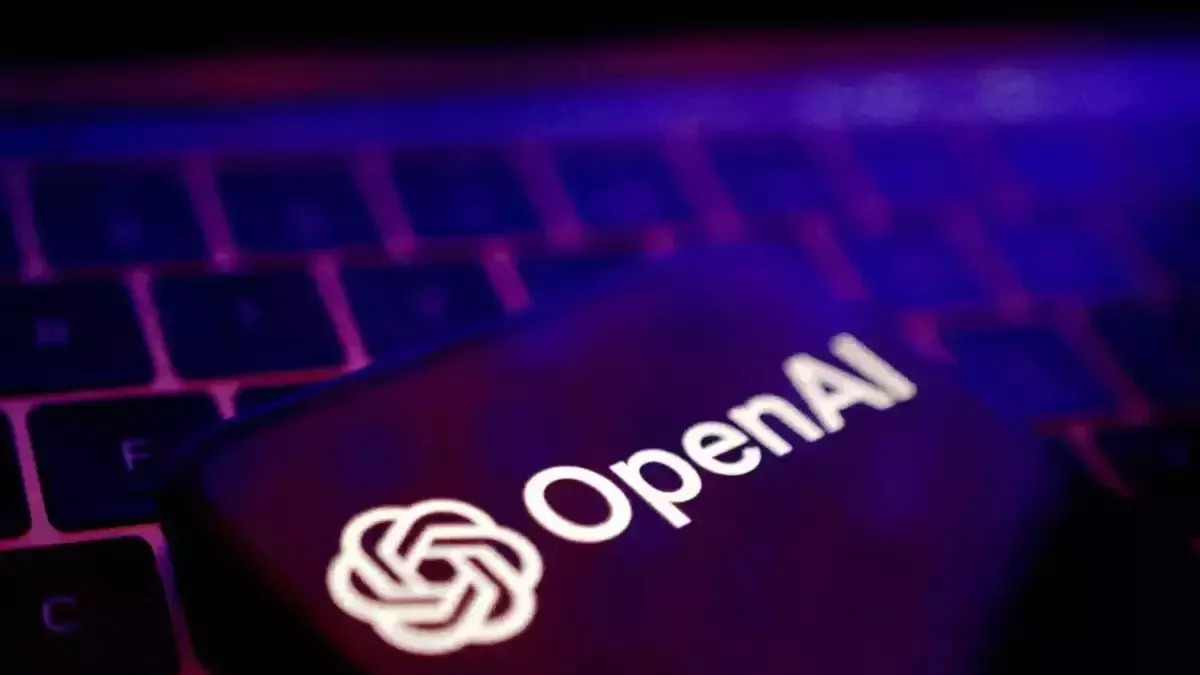Necessary Always Active
Necessary cookies are required to enable the basic features of this site, such as providing secure log-in or adjusting your consent preferences. These cookies do not store any personally identifiable data.
|
||||||
|
||||||
|
||||||
|

OpenAI is developing smarter AI training techniques to deal with the limitations of building larger language models. By exploring methods that aim to “think” more like humans in a multi-step way. OpenAI intends to improve the efficiency and capability of AI systems, addressing challenges that come with traditional scaling.
According to Reuters, a lot of scientists told them that these techniques, which are behind open AIs recently launched the o1 model, have the capability to change the course of the arms race. It will also impact other industries that AI has demands from, be it semiconductor chips or energy.
OpenAI’s next model, Orion, is set to launch in December 2024, adding momentum to its lineup of generative AI products. However, OpenAI declined to comment on these advancements, leaving speculation about its ongoing developments.
Since the launch of the chatbot by ChatGPT two years ago, a lot of companies have seen a surge in their valuation. These companies have publicly said that the constant scaling up of the current models by adding more data and computing power will result in better AI Models coming through.
But now most of the AI scientists are speaking about the limitations of the “bigger is better” philosophy.
OpenAI recently launched ChatGPT Search to compete directly with Google, which responded by adding AI-generated responses to its own search engine.
This showcases how Chat GPT is diversifying its usage, using smarter AI to improve tools and services. To counter this Google also added AI generated responses to its search engine.
The intensified competition between ChatGPT and Google could signal new AI-driven shifts in everyday search and online interaction.
Ilya Sutskever, co-founder of Safe Superintelligence (SSI) and OpenAI, shared insights with Reuters on the current limitations of AI pre-training, where models learn language patterns from huge amounts of data. “The 2010s were the age of scaling; now we’re back in the age of wonder and discovery. Everyone is looking for the next thing. Scaling the right thing matters more now than ever.” he stated.
Sutskever, credited for making one of the first advances in generative AI that led to the creation of Chat GPT.
Developing large AI models demands immense resources, including billions of dollars, high-performance chips, and months of testing. In addition to these high costs, accessible data sources are nearly exhausted, and large-scale tests require huge amount of energy. To face these obstacles, OpenAI and its competitors are turning to techniques like “test-time compute,” which enhances model performance during its operational or “inference” phase.
Noam Brown, an OpenAI researcher involved in developing the o1 model, explained the method at the TED AI conference in San Francisco, “ it turned out that having a bot think for just 20 seconds in a hand of poker got the same boosting performance as scaling up the model by 100,000x and training it for 100,000 times longer.”
OpenAI has implemented test-time compute in the o1 model, formerly known as “Strawberry,” and plans to integrate it with base models like GPT-4.
As OpenAI and other competitors refine their AI strategies, demand for hardware optimized for smarter, inference-stage performance could rise. Currently, NVIDIA leads the market for AI chips, especially for pre-training, but competitors may develop specialized hardware for inference, potentially reshaping the AI chip market.
This growing demand highlights how advancements in smarter AI are driving a broader evolution in AI hardware requirements, creating opportunities for new players to innovate in different areas of AI processing.